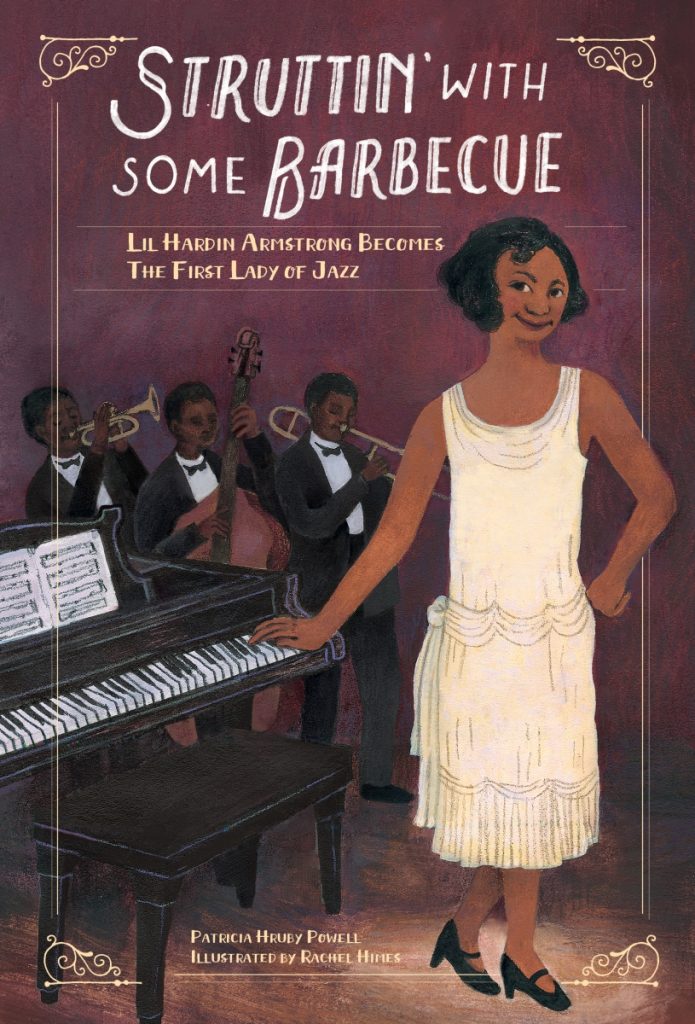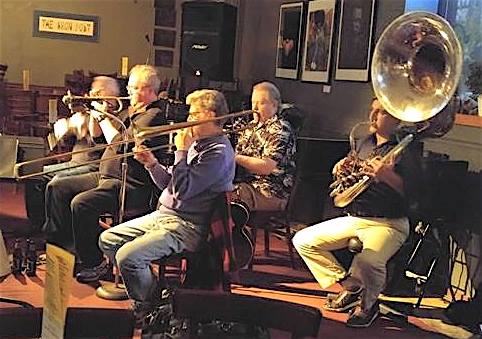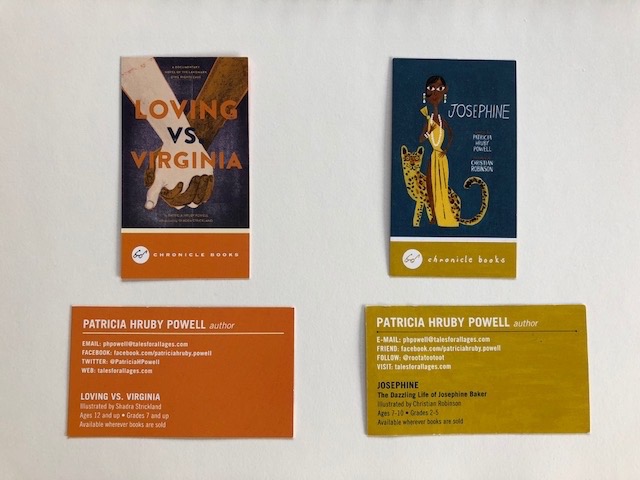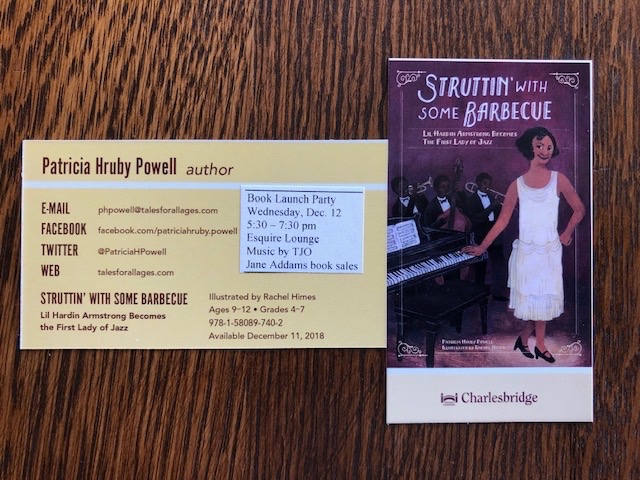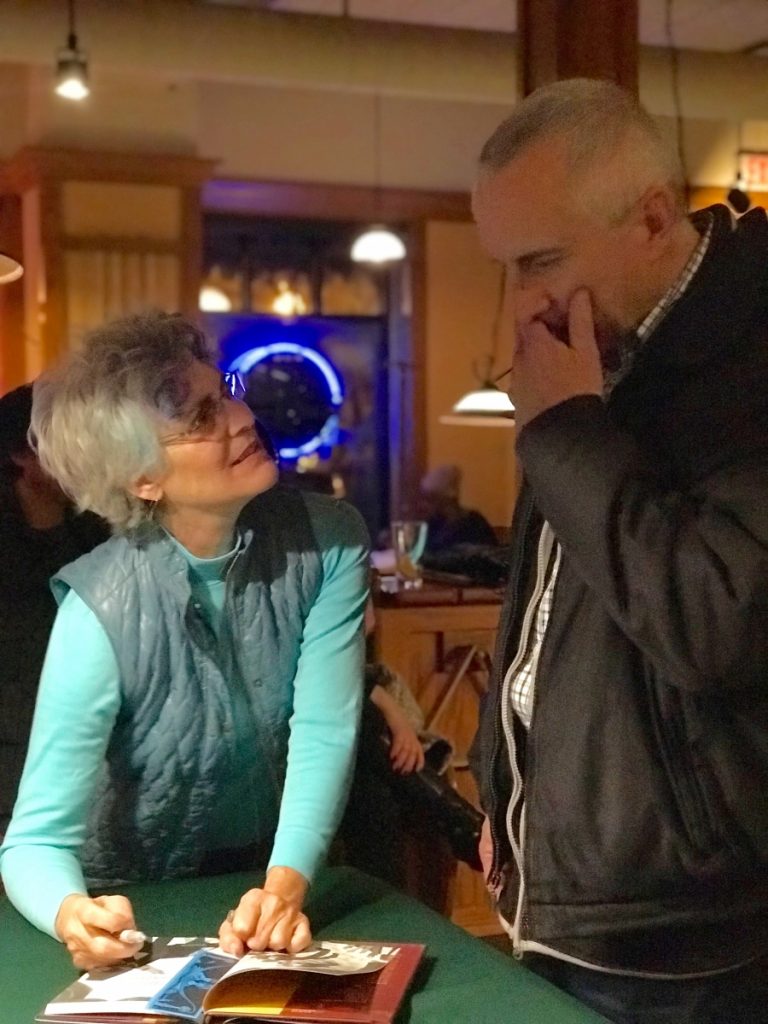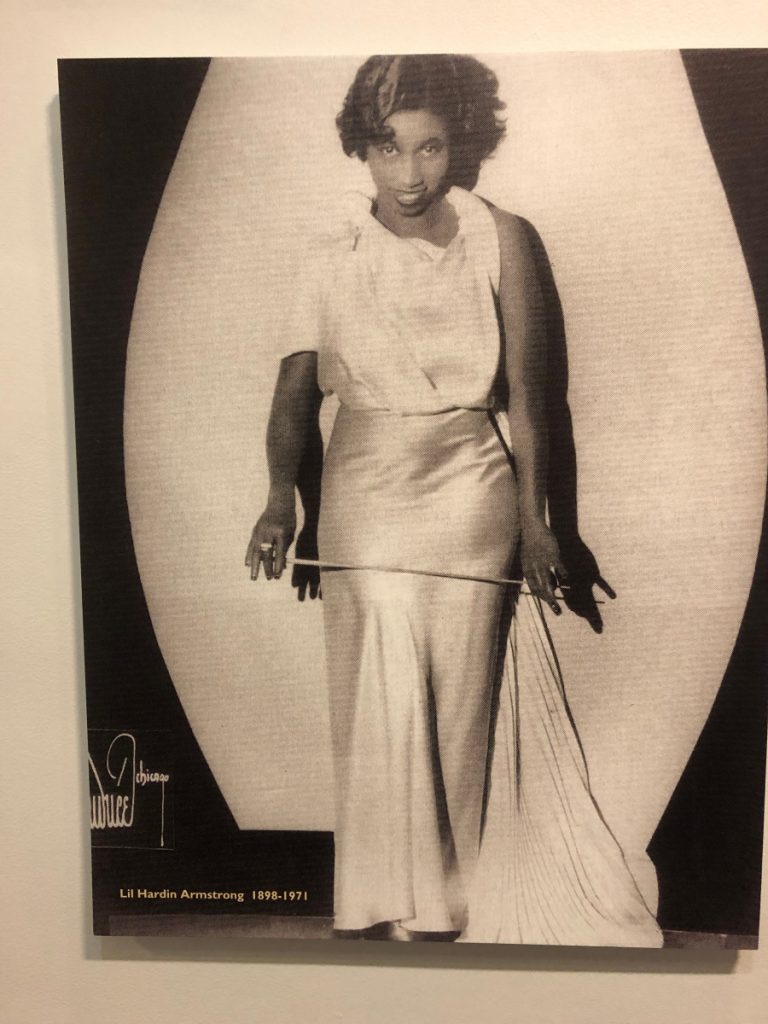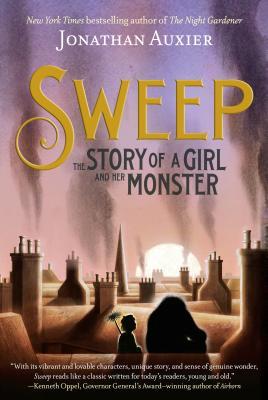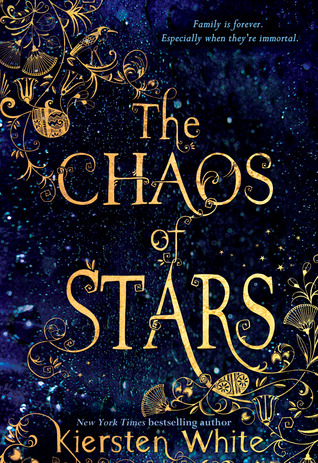Rarely does nonfiction win big awards in young readers’ literature. But nonfiction “A Few Red Drops: The Chicago Race Riot of 1919” (Houghton Mifflin Harcourt 2018) by Claire Hartfield, is the worthy Coretta Scott King 2019 literature winner.
Harcourt 2018) by Claire Hartfield, is the worthy Coretta Scott King 2019 literature winner.
Hartfield starts her story at a Lake Michigan beach where a black boy is murdered during the extreme summer heat of 1919—right at the color line, between segregated beaches, where the “white” beach meets the “black” beach. She then regresses to the history, starting in the late nineteenth century, and takes us through the years up to the Chicago Race Riot of 1919.
We hear about African American journalist Ida B. Wells, who witnessed the lynching of her godchild’s father, by a white mob. Wells says this sort of lynching was “an excuse to get rid of Negroes who were acquiring wealth and property.” This “tide of hate” changed her life. She and her husband were among the class of black people known as “the Refined.” They were educated, wealthy and property owners.
The next stratum of black society was known as “the Respectables”—people who were making ends meet. While the Respectables struggled to pay rent, the Refined were mapping out plans to make the heart of the black residential area a vibrant place to live.
During the Great Migration of the early 1900s—black people were moving to northern cities trying to escape extreme racism of the Deep South. The black Chicago newspaper, the Defender was the beacon of information for black citizens. Besides news the Defender published the Do and Don’ts for the newly urbanizing black population—such as: Don’t sit outside barefoot. The black church started social groups for women and children, advising them to stay away from “the Riffraff.” Some migrants resisted changing their ways, but most complied with enthusiasm, taking “the walk toward assimilation.”
While black people were working to assimilate, gangs of whites, such as Ragen’s Colts, crept through the streets terrorizing black people. White police protected white mobs and threw black victims into jail.
You can refer to the Chicago Neighborhoods map ca.1919 published at the front of the book. The Union Stockyards were surrounded by Packingtown. You can see the strict division of the Blackbelt and the White Middle-class, which is cut vertically by the State Street Streetcar.
Packinghouse bosses were “always looking to drive a wedge between skilled and unskilled.” The bosses maintained the upper hand by staying united, decade after decade. White eastern European workers tried to start unions to fight the bosses. They would threaten black workers with meat cleavers to make them join. At times interracial groups of workers would unite. If they got a toe hold, management would instill distrust between the races.
This brings us to the unbearable heat of summer 1919 when thousands cooled off at the beaches. The black boy drowns, tempers rage, the police fire a shot, guns become fair play. Rumors soar—it was a white boy who drowned. Fighting erupts. Terror reigns for three days. The author details arrests of black people rather than white. Eyewitness Ida B. Wells reports the injustice.
Should black people go to work? Or get fired? Death now or later when they starved? Slowly calm is restored. The photos are astounding—this is a must read to fill in your knowledge of Chicago.
Patricia Hruby Powell is the author of the award winning Josephine; Loving vs Virginia; and Struttin’ With Some Barbecue among others talesforallages.com
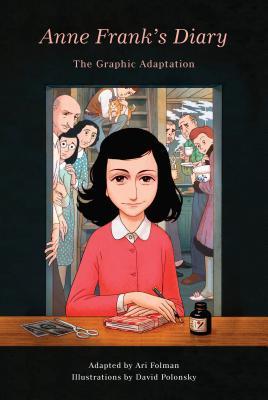
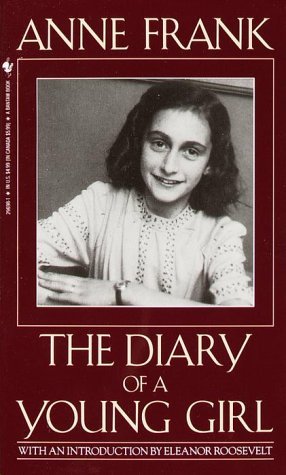
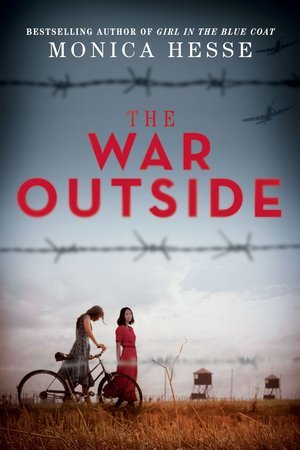
 In the same way that we bring our experience to writing, we bring our experience to launching a book. I hope to give you some ideas that might help you launch your baby. The book, of course, helps dictate the party theme. Holiday books are great party inspirers. I know what I’d do if I had a tea party depicted in a book. Dog or cat washing? I’d throw a wet and messy bash. If I happened to have a book about a construction site, I’d throw a site-specific event. We have a massive square mile construction site a couple miles west of town. My hound loves it. Boy children would go nuts. Some girls, too.
In the same way that we bring our experience to writing, we bring our experience to launching a book. I hope to give you some ideas that might help you launch your baby. The book, of course, helps dictate the party theme. Holiday books are great party inspirers. I know what I’d do if I had a tea party depicted in a book. Dog or cat washing? I’d throw a wet and messy bash. If I happened to have a book about a construction site, I’d throw a site-specific event. We have a massive square mile construction site a couple miles west of town. My hound loves it. Boy children would go nuts. Some girls, too.